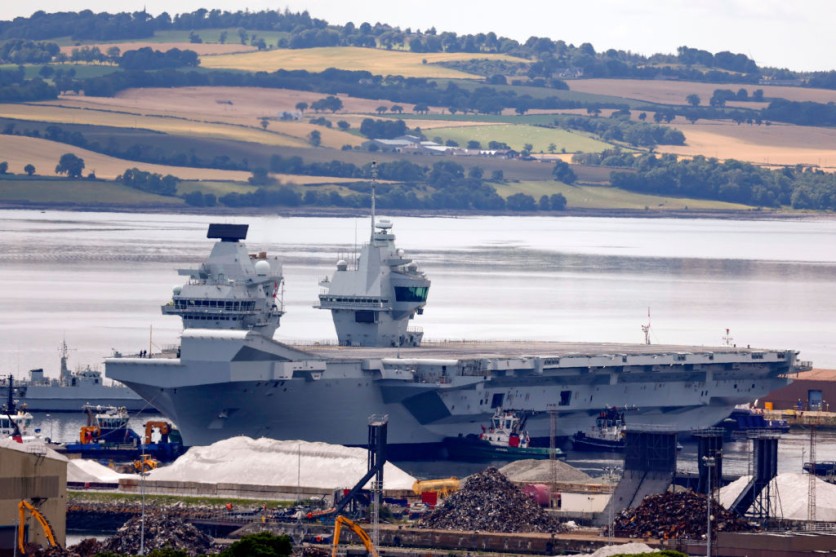The United Kingdom unveiled the Royal Navy's latest supporting asset, "Proteus," earlier this month. The state-of-the-art ship will reportedly increase the nation's underwater surveillance in areas of UK sovereign interest.
The Royal Fleet Auxiliary (RFA) Proteus, which will be operated by the Royal Fleet Auxiliary of the Royal Navy, will serve as a launchpad for remotely operated vehicles and house a suite of specialist capabilities similar to those found in the oil and gas industries.
Named after the god of rivers and water in Greek mythology, Proteus was unveiled as the nation's first of two ships in the Multi-Role Ocean Surveillance (MROS) program, serving as a testbed for advancing science and technological development while protecting seabed telecommunications cables and oil and gas pipelines.
Undersea cables are reportedly important to the global economy and communications between governments. Submarine warfare presents a risk of sabotage to undersea cable infrastructure, which is an existential threat to the UK.
The unveiling of the new ship happened during a grand ceremony in London on October 10 in the presence of the RFA Commodore-in Chief, Prince Edward, The Duke of Edinburgh, and businesswoman and wife of Prime Minister Rishi Sunak, Akshata Murty, who will serve as Proteus' sponsor throughout the ship's active life.
The ship will reportedly have a highly skilled crew of 26 Royal Fleet Auxiliary officers and sailors, supported by 60 Royal Navy specialists who will be responsible for undersea surveillance, survey, and warfare systems.

Proteus Augmentation
Innovation for the 6,000-ton ship, which initially goes by the name Topaz Tangaroa, started in January after it was acquired by the UK government from Topaz Marine/P&O Maritime Logistics.
Proteus was converted from an oil rig-support vessel into a highly specialized maritime powerhouse. It was constructed in Norway to support various underwater operations, including work on oil and gas rigs, construction, maintenance, and inspection work, as well as survey and remotely operated vehicle or autonomous submarine operations.
Proteus conversion equipped the ship with a large cargo deck measuring 1,000 square meters, a helipad, and a powerful crane for raising and lowering operations.
The vessel underwent final testing in September. Following trials and training off Portland, it headed to London alongside the iconic wartime cruiser HMS Belfast for the service of dedication on October 10.
Commanding Officer Captain Martin Jones at RFA said it was a huge honor to be able to bring RFA Proteus to London "for her official naming ceremony."
"To be berthed at such an auspicious location alongside HMS Belfast on the River Thames, is a unique opportunity to present the RFA to the public eye and allow the ships company to enjoy the sights and sounds of London," he added.
UK's Multi-Role Ocean Surveillance (MROS) Vessels
Initially constructed in 2019 by Vard, the UK Ministry of Defence (MoD) purchased the ship in November 2022 in an effort to protect the UK against 'hostile actors' and grow its understanding of maritime threats.
According to Naval Today, Proteus, one of the two Multi-Role Ocean Surveillance (MROS) vessels, is scheduled to come into service by 2024.
The ship will reportedly be fitted with advanced sensors and carry several remotely operated and autonomous undersea drones, which will collect data in the UK and international waters to help protect the people and their livelihoods.

ⓒ 2025 TECHTIMES.com All rights reserved. Do not reproduce without permission.




